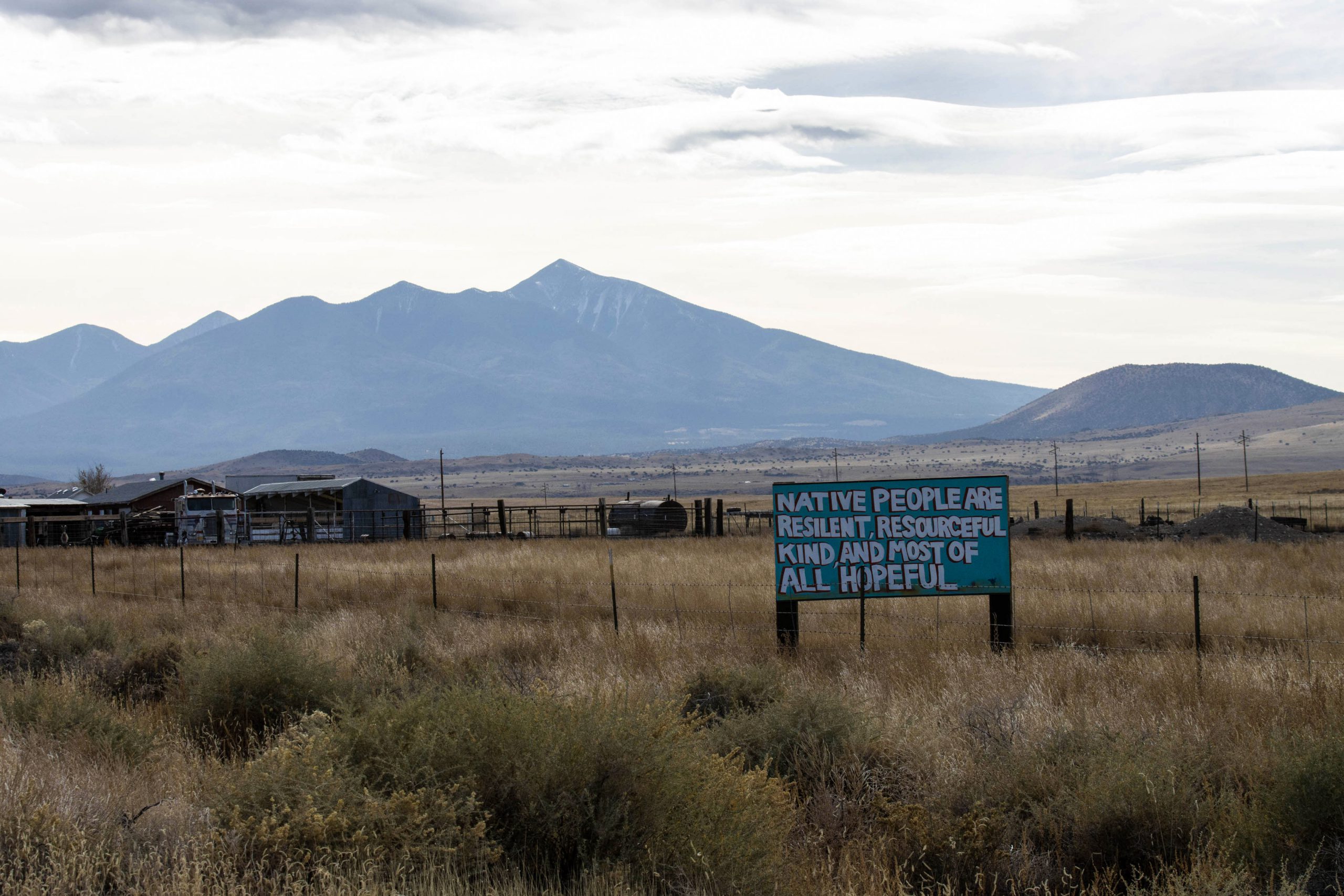Indianz.Com > News > Cronkite News: Gathering addresses ‘epidemic’ among Native people

‘Combating this epidemic’
Native Americans gather to address suicide prevention
Friday, April 19, 2024
Cronkite News
PHOENIX — Belén Santistevan lost her brother to suicide when she was just a freshman in high school. Santistevan points to a lack of Indigenous community identity and resources as contributing factors to what happened to her brother.
“I find myself wondering, if my family didn’t struggle with historical intergenerational trauma, and if we grew up practicing our culture, my brother would still be here,” said Santistevan, who is a prevention coordinator at the Phoenix Indian Center and also helped to coordinate the 2024 Annual American Indian Suicide Prevention Convening.
The March 29 convening, which was put together by the Phoenix Indian Center and the Urban Indian Coalition of Arizona, comes as Native Americans continue to die by suicide at rates higher than any other racial or ethnic group in the country, according to the latest data from the Centers for Disease Control and Prevention.
The Phoenix Indian Center says it has served thousands of Native Americans through its employment programs, suicide-prevention services, youth programs and community-engagement events. The Urban Indian Coalition of Arizona focuses on suicide prevention and preventing substance abuse in urban Native American communities.
Albert Pooley, the president and founder of the Native American Fatherhood and Families Association who was the keynote speaker for the convening, addressed troubling statistics from the U.S. Department of Health and Human Services in his speech.
In 2019, suicide was the second leading cause of death for Native Americans and Alaska Natives between the ages of 10 and 34, according to the data. Pooley said in 2021 the overall death rate from suicide for Native American and Alaskan Native adults was also shown to be about 20% higher than the non-Hispanic white population.
Pooley explained that when he works with people through his organization, there is a trait that he tries to instill in those struggling with mental health: courage.
“It takes courage to face the harshness of life. Courage comes from goodness, it doesn’t come from drinking, it doesn’t come from having a big mouth. To develop courage, it comes from being a good person,” he said.
With Native Americans and Alaska Natives making up a disproportionate number of the suicides in the U.S., Kyrene Yazzie, a program manager at the Phoenix Indian Center, gave some insight as to why this could be.
“It goes back to the first point of colonization. A huge factor in American Indians having the highest rates of suicide in the nation is historical trauma,” Yazzie said. “Historical trauma and adverse childhood experiences continue that generational trauma that continues to cycle even today.”
Yazzie also cited a lack of proper resources for Natives struggling with mental health on reservations. She said that many times, those living on tribal lands need to travel to major cities like Phoenix to receive mental health help, which could actually make their mental health worse.
“Treating individuals outside of their environment can actually have the opposite effect on the individual in their treatment program because they are not being treated where they have the support of their families and the support of their communities.”
Yazzie said that in addition to not being near their families during treatment, Native Americans living in urban areas also suffer from feelings of cultural shock. The importance of culture rings true for Santistevan, who finished her speech with a call to use the history and sense of Native American community to help fight against suicide.
“I only hope that by sharing my story with you all, it will lead you to taking part in actively combating this epidemic in our Native communities. Connecting to culture is a foundational part of preventing suicide.”
For more stories from Cronkite News, visit cronkitenews.azpbs.org.
Note: This story originally appeared on Cronkite News. It is published via a Creative Commons license. Cronkite News is produced by the Walter Cronkite School of Journalism and Mass Communication at Arizona State University.
Search
Filed Under
Tags
More Headlines
Native America Calling: Arizona tribal citizens weigh abortion access options
Native America Calling: Native TikTok users prepare for U.S. ban
Native America Calling: Euchee food, whale hunting and young gardeners on The Menu
Cronkite News: Navajo psychiatrist addresses mental health needs
Chuck Hoskin: Tell the whole story about the theft of tribal lands
Native America Calling: A sample of Native Guitars Tour 2024
Cronkite News: Native organization carries on horse traditions
Native America Calling: How Native literature is changing the mainstream narrative
Native America Calling: No ordinary animal
Native America Calling: Safeguards on Artificial Intelligence
NAFOA: 5 Things You Need to Know this Week
Chuck Hoskin: Cherokee Nation takes the lead for our environment
Native America Calling: Earth Day assessment for Native peoples
Cronkite News: Gathering addresses ‘epidemic’ among Native people
VIDEO: Cody Desautel on tribes and federal forest management
More Headlines
Native America Calling: Native TikTok users prepare for U.S. ban
Native America Calling: Euchee food, whale hunting and young gardeners on The Menu
Cronkite News: Navajo psychiatrist addresses mental health needs
Chuck Hoskin: Tell the whole story about the theft of tribal lands
Native America Calling: A sample of Native Guitars Tour 2024
Cronkite News: Native organization carries on horse traditions
Native America Calling: How Native literature is changing the mainstream narrative
Native America Calling: No ordinary animal
Native America Calling: Safeguards on Artificial Intelligence
NAFOA: 5 Things You Need to Know this Week
Chuck Hoskin: Cherokee Nation takes the lead for our environment
Native America Calling: Earth Day assessment for Native peoples
Cronkite News: Gathering addresses ‘epidemic’ among Native people
VIDEO: Cody Desautel on tribes and federal forest management
More Headlines